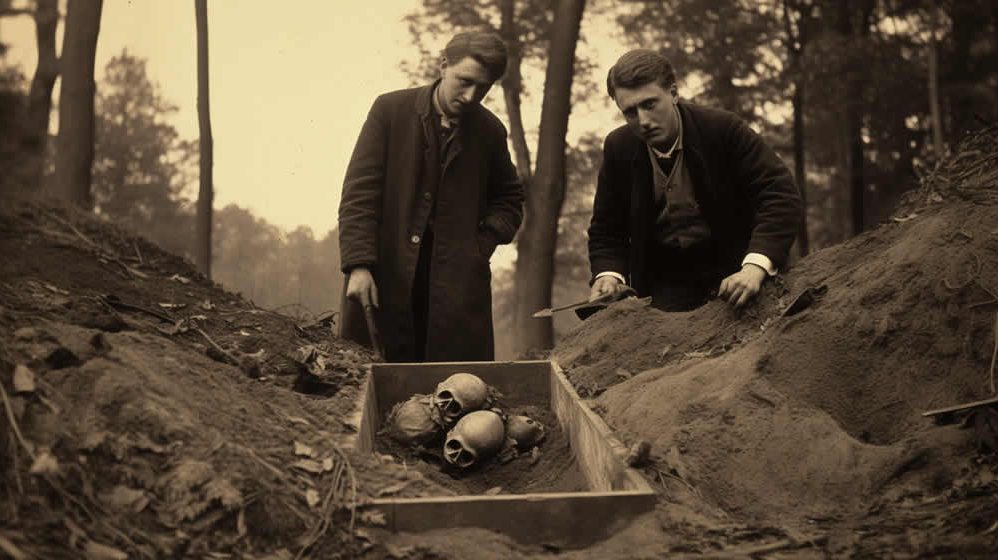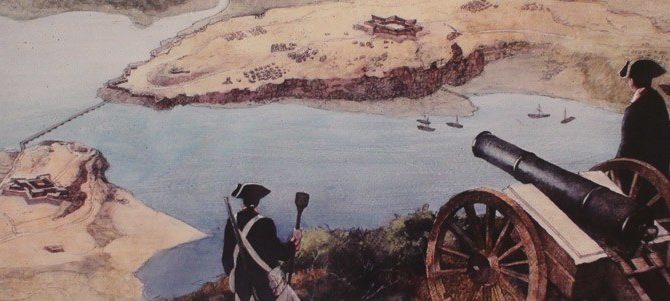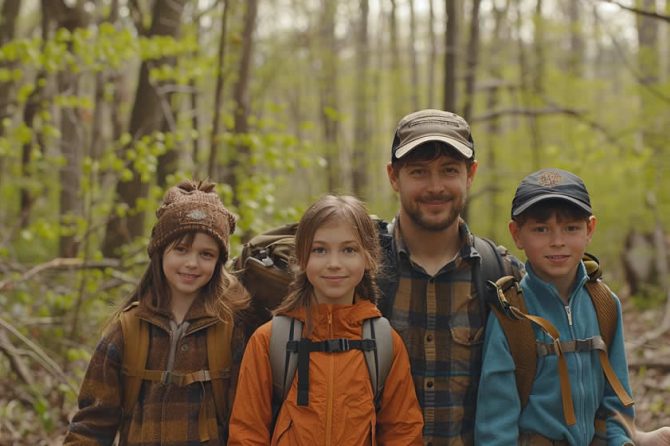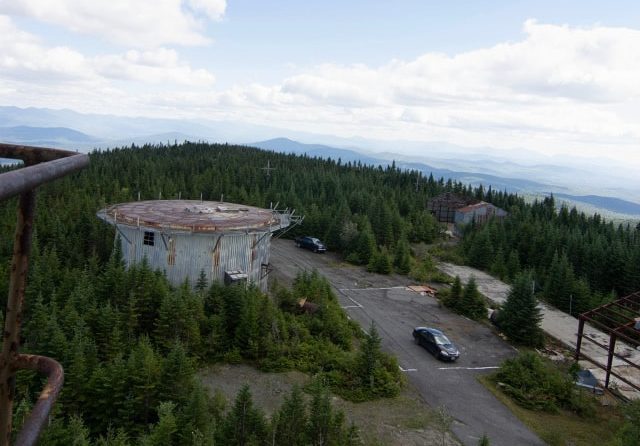As you wander through the quiet graveyards of rural Vermont, admiring the weathered headstones amidst a backdrop of vibrant autumn foliage, you likely don't expect that some of the graves you pass have been disturbed for sinister purposes. However, during much of the 19th century, grave robbing was rampant throughout the state as medical students sought cadavers for dissection.
Driven by limited legal means to procure human specimens and intense pressure to gain anatomical knowledge, students resorted to robbing recent graves in order to advance their education. While largely forgotten today, the practice was widespread and reflects the grim realities of medical training long ago. The stories of grave robbing in Vermont offer a chilling glimpse into this little-known part of history.
Grave Robbing by Medical Students in Early 19th Century Vermont
Grave robbing to supply cadavers for medical education was a widespread issue in early 19th century Vermont. Medical students were in desperate need of human remains to properly study anatomy, but legal means were scarce. This led some to resort to robbing recent graves to attain specimens, an illegal act that was frowned upon by the general public.
The Necessity of Cadavers
In order to become physicians, medical students were required to have a thorough understanding of human anatomy. However, the only lawful way to attain cadavers at the time was through executions of criminals, and these were too scarce to meet demand. Out of necessity, some students turned to grave robbing as a solution.
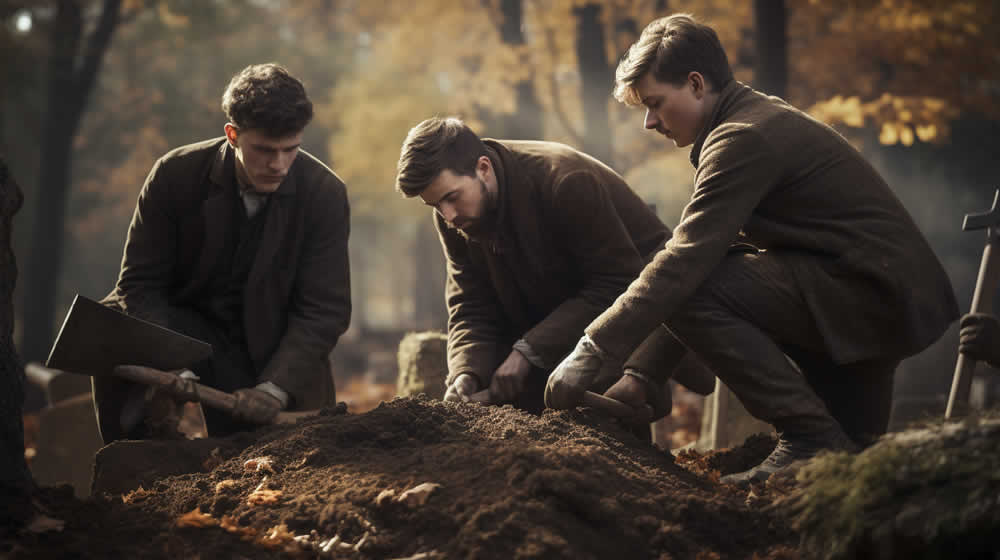
Grave Robbing Incidents Involving Dartmouth Medical College Students
In one recorded case from 1895, two medical students noticed a freshly dug grave on their way to an event. On their return, they dug up and removed the body, taking it to the medical college. However, their inexperience led them to leave evidence of the disturbance. The grave was discovered days later, leading to the recovery of the body and the arrest and fining of the students.
While reprehensible, grave robbing allowed some medical students to progress in their education. However, it severely damaged relations between the medical community and the public. Laws were eventually passed allowing unclaimed bodies and cadavers to be used for medical research and education. These “anatomy acts” helped remedy the shortage of legal specimens, allowing grave robbing to cease and medical students to focus solely on their studies.
Raids and Arrests Related to Body Snatching at Vermont Medical Schools
In the early 19th century, medical schools faced a shortage of cadavers for anatomy education and dissection. This led some students and instructors to resort to grave robbing, or stealing corpses from graveyards, to obtain bodies. In Vermont, there were several notable raids and arrests related to this practice. The bizarre story continues.
In 1830, a mob of 300 men raided the medical college in Castleton, Vermont. After breaking in, they discovered the decapitated body of a woman, as well as a student attempting to smuggle out another corpse. The dean of the college surrendered the missing head to avoid arrests. This episode became known as “The Hubbardton Raid“. More on this below.
Two years later, two men were indicted for “disinterring the body of the dead” after empty graves were found in Burlington. One of the accused was a student at the Woodstock Clinical School of Medicine. In response, one hundred and twenty five Burlington citizens signed a petition condemning body snatching and calling for strict punishment of those involved.
There were also late reports of grave robbing, such as an 1895 case of two Dartmouth Medical College students stealing a newly buried body from a Vermont cemetery. They were caught after snow melted and revealed disturbed earth at the grave. The students were tried, convicted, and fined for their crime.
Body snatching was a dubious method for obtaining cadavers, but some saw it as a necessary evil to advance medical education during this time period. However, it understandably caused great public outrage and mistrust in the medical profession. Tighter regulation and legal means of cadaver acquisition helped bring an end to this illicit practice in the mid-1800s.
- Thompson, Donald H. (Author)
- English (Publication Language)
- 160 Pages – 11/10/2010 (Publication Date) – The History Press (Publisher)
Methods Used by Medical Schools to Conceal Stolen Bodies
To conceal the stolen bodies and avoid legal consequences, medical schools employed deceptive methods.
Secret Locations
Medical schools often had covert buildings or rooms specifically for dissecting stolen cadavers. These clandestine locations were unknown to the public and local authorities. The bodies were transported and dissected in absolute secrecy.
Bribery
Medical schools would bribe gravediggers, funeral home directors, and public officials to obtain cadavers and cover up the unlawful acts. Money exchanged hands to gain access to fresh graves, replace exhumed remains, and deter any criminal investigations.
Anatomical Preservation Techniques
New techniques were developed to better preserve anatomical specimens from decay. Formaldehyde, a chemical that hardens and preserves tissue, was first used in 1867. With longer preservation, more in-depth studies could be conducted and specimens could be reused for years. These methods also aided the concealment of the illicit cadavers.
Student Oaths of Secrecy
Students were made to swear strict oaths of confidentiality to protect the school. Any student who disclosed details about body procurement or dissection faced immediate expulsion. The schools instilled a code of silence to prevent information leaks that could expose their corrupt and criminal behavior.
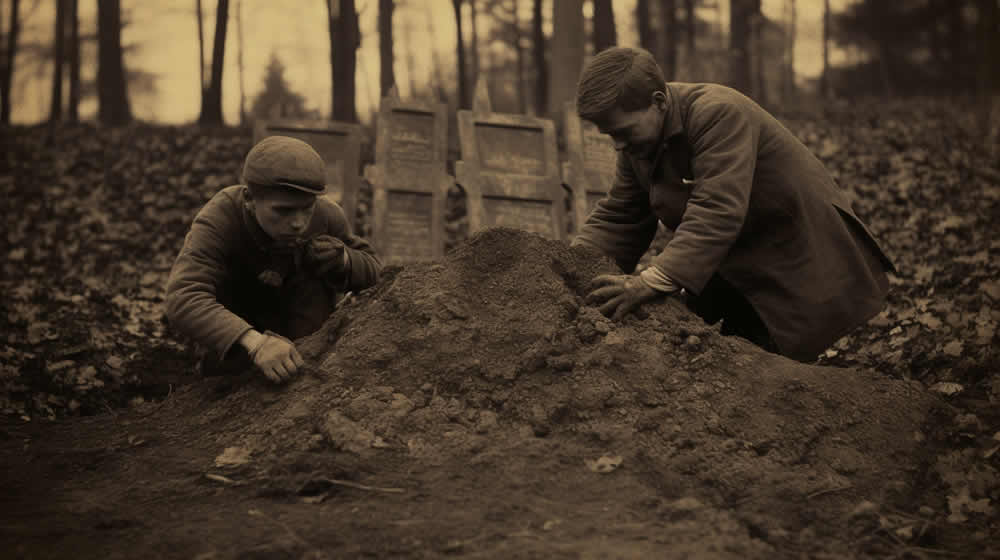
The unethical methods employed by medical schools to obtain cadavers while evading legal punishment were egregious violations of human rights and human dignity. Though done in the name of medical progress, these acts caused immense suffering and should not be condoned.
The Hubbardton Raid: Citizens Attack Vermont Medical College
The Hubbardton Raid occurred in November 1830 in retaliation for grave robbing at the medical college in Castleton. Citizens from the nearby town of Hubbardton, outraged upon discovering an empty grave, descended upon the college. After gaining entrance, a search revealed a decapitated female corpse hidden within the walls.
Initially, the dean denied having a key to access the building. However, after a committee searched the premises, a loose floorboard was noticed, leading to the gruesome discovery. Meanwhile, a student had smuggled the missing head out of the building underneath his coat. Only after the sheriff promised no arrests would be made did the student retrieve and return the head.
The violated body was transported back to Hubbardton and properly re-interred. This egregious act of illegal dissection and cover-up eroded what little trust remained between the medical college and citizens. The “Hubbardton Raid” came to symbolize the acrimony felt toward anatomists and surgeons at the time.
Public outcry against grave robbing by medical students was widespread. The practice was seen as ghoulish and unethical, despite its necessity for medical education and advancement. Episodes like the Hubbardton Raid reinforced perceptions of medical students as depraved and lacking morality.
In the aftermath, the medical college pledged to halt the exhumation of remains from Vermont cemeteries. However, within six weeks, another local grave was found emptied, leading to the arrest of four students. Although acquitted, the damage to the college's reputation and enrollment numbers was lasting. The gruesome details of the Hubbardton Raid and its aftermath serve as a cautionary tale of the antagonism aroused by grave robbing during this era.
Grave robbing in Castleton, Vermont
In 1830, Castleton students were actually robbing graves to practice medicine.
According to an interview in Poultney, VT., by C.F. Derven with Will L. Farnum, on August 14, 1938, corpses for medical use was supposedly practiced in Castleton, Vermont, when the Castleton Medical School existed.

A grave was robbed in Hubbardton, and a woman's body taken from it
From an article in the Castleton Spartan by Batu MacEslin in 2008:
“According to several documents and articles describing the “Hubbardton Raid,” in November of 1830, they caught two Castleton medical students robbing a grave in the name of science. The body they dug up was that of a woman named Penfield Churchill. The dean of the school installed the 300 men from Hubbardton while inside the two students were cutting off Churchill’s head to prevent her identification. One student hid the head under his coat and escaped out the back, while the other stuffed the body under the floorboards.
Upon entrance to the medical school, the townsmen could see no trace of the body, according to published reports of the incident. However, while walking around, one man stubbed his toe on a loose floorboard, which led to closer inspection and the finding of the headless body of Churchill.
To appease the public, Castleton expelled the two students as long as charges were dropped and the head returned, according to the Journal of the American Medical Association.”
Other sources of this fascinating story
In another excellent article published by Mark Bushnell for VTDigger, grave robbery truly was a “grave concern”. Read the entire article here. Another equally fascinating article by Joseph Doran can be read here.
- Bushnell, Mark (Author)
- English (Publication Language)
- 176 Pages – 11/13/2017 (Publication Date) – The History Press (Publisher)
End of Grave Robbing Once Anatomy Laws Allowed Legal Cadavers
The prevalence of grave robbing in Vermont ended once anatomical laws were passed, allowing medical schools legal access to cadavers for dissection and study.
Prior to these laws, medical students had no lawful way of obtaining human remains for anatomy lessons and dissection practice. They were forced to resort to stealing recently buried corpses to advance their medical education, a practice known as grave robbing. As noted, grave robbing was “equally or more the fault of the entire public who neglected to provide through their representative lawmakers for adequate material to teach anatomy properly.”
Anatomical laws remedied this issue by permitting unclaimed bodies from hospitals, prisons, and almshouses to be used for medical study. In Vermont, a law was passed in 1884 allowing the state anatomist to receive unclaimed bodies for distribution to medical schools.
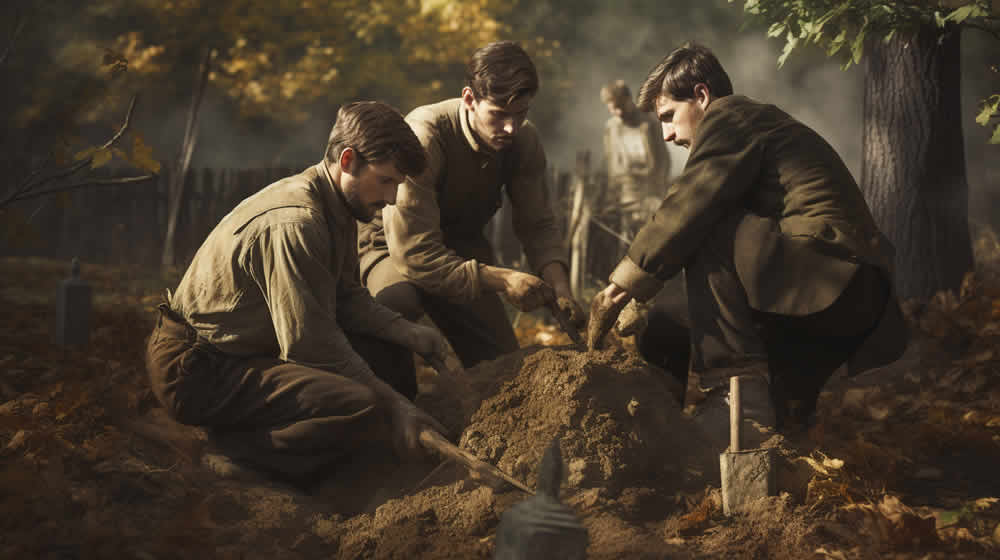
With a legal means of obtaining cadavers, grave robbing became obsolete. Medical students no longer needed to violate the law and desecrate burial sites to continue their education. Some notable cases of grave robbing still occurred for a time after anatomical laws were established, such as a disturbing incident from 1895 where two medical students stole a recently buried corpse on their way to a night of fun and student hi-jinks. However, by the early 20th century, grave robbing had ceased completely in New England due to anatomical laws and changing public opinions on dissection and medical education.
The grisly practice of grave robbing highlighted the desperate need for reform in medical education and spurred the creation of anatomical laws to provide lawful access to cadavers. Though a distasteful era, grave robbing in Vermont was a pivotal point in advancing medical knowledge and practice. With the passage of anatomical laws, medical students gained essential opportunities for hands-on learning while respecting human dignity.
You may be shocked to learn that such a morbid practice occurred in Vermont's history
However, at the time, medical students were desperate to learn anatomy and saw graveyards as a means to an end. Though illegal and unethical, grave robbing allowed aspiring doctors to gain valuable knowledge that shaped their careers and saved lives. While we cannot condone the actions of the past, we can seek to understand them in the context of the era. Perhaps we should be grateful for how far medical ethics and accessibility to cadavers for students have progressed. And yet, we must remain vigilant so that the mistreatment of any group is not justified or repeated for any reason.
The story of Vermont's grave robbers (for medical research) provides a sobering reminder of humanity's capacity to rationalize wrongdoing and a call for continued progress in how we treat the dead and educate the next generation of healers.
UVM College Students Engaged in Grave Robbing in Vermont?
University of Vermont medical students who graduated in the 1870s recalled the school obtaining cadavers from nearby cemeteries. One UVM student remembered a body arriving from New York packed in brine in a barrel labeled “onions.” The person, the students found out later, had died of smallpox. As a precaution, all the students were vaccinated the next day.
The Morbid Conclusion
It's a morbid fact that some Vermont college students actually robbed the graves of the recently deceased in order to obtain subjects for experimentation and medical research. However, that still doesn't excuse the fact that the activity was both disrespectful in multiple ways and perverse, to say the least.
In the 18th and 19th centuries, there was a high demand for cadavers for anatomical study and medical research, which sometimes led to grave robbing and unethical acquisition of human remains. This occurred throughout the United States and Europe. The rural nature of early 19th century Vermont made it easier for grave robbers to obtain remains without detection compared to more populated areas.
In other states that were less strict about how corpses could be treated, businesses sprang up that sold cadavers. Grave robbing was apparently a very lucrative business. This was true of southern states, which shipped the bodies of blacks north to medical schools. The practice of shipping bodies had its drawbacks, though.
Other bizarre grave robbing stories in Vermont
In more recent times, several incidents of grave robbing have occurred despite the illegal nature of such as heinous activity. In 2006, a Morrisville man broke into a burial vault in Morrisville, opened a casket, severed the head from a corpse, and stole it.
The body was that of a Morrisville man who died about three years earlier. The family were notified about the theft, and the head was returned to the casket. Police said the perpetrator had no known connection to the body of the man in the crypt, and they suspect no other motive than gruesome vandalism.
Police were told that the person who committed the crime planned to use to head to build a bong, a pipe for smoking marijuana or hashish. A few years later, the person who committed the crime contacted Vermonter.com and requested that we remove his name as he was trying to forget the incident and move ahead with his life. We have done so and hope that he is one a better path.
Amidst a centuries-old graveyard in a small Vermont town, police say two men dug up and stole the remains of a woman
A Very Sad Story in Vermont
When Mike and Patty Clark of Williamstown, Vt. visit their daughter Tori's grave, they're haunted by knowing she's not actually in the ground. “It's just not the same,” the father sighed. See the sad video below and story here.
Additional references and sources:
This article was also based upon the work of Dr. Frederick C. Waite, of Dover, NH. Professor Emeritus of Embryology and Histology, Western Reserve University, Cleveland, Ohio.
Thank you for reading this post, don't forget to subscribe to our email list for the latest news!


